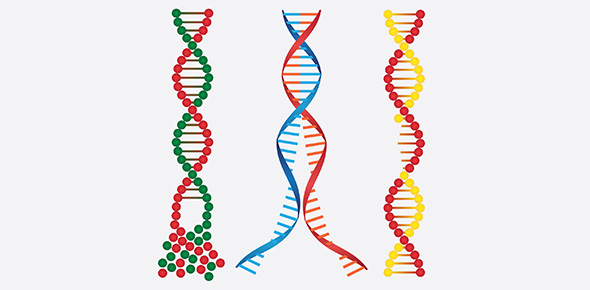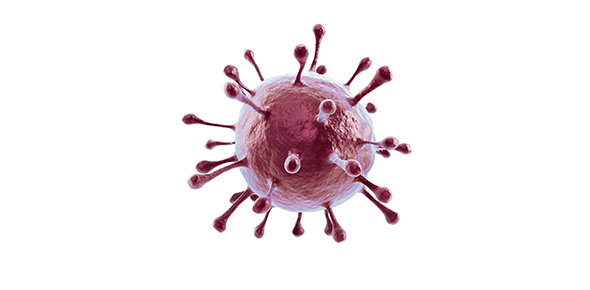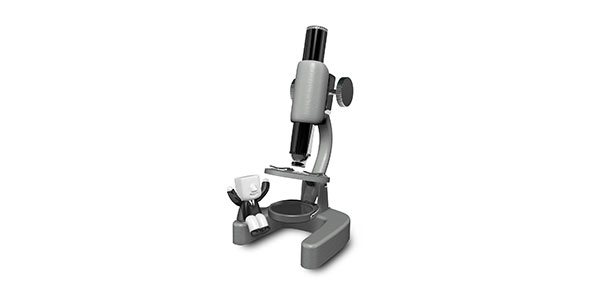Related Flashcards
Related Topics
Cards In This Set
| Front | Back |
|
Endomembrane system
|
Functionally and structurally interrelated group of membranous cytoplasmic organelles including the endoplasmic reticulum, Golgi complex, endosomes, lysosomes, and vacuoles.
|
|
Transport vesicles
|
The shuttles, formed by budding from a membrane compartment, that carry materials between organelles.
|
|
Biosynthetic pathway(secretory pathway)
|
Route through the cytoplasm by which materials are synthesized in the endoplasmic reticulum or Golgi complex, modified during passage through the Golgi complex, and transported within the cytoplasm to various destinations such as the plasma membrane, a lysosome, or a large vacuole of a plant cell. The alternative term secretory pathway has been used because many of the materials synthesized in the pathway are destined to be discharged outside the cell.
|
|
Early endosomes
|
Materials taken up by endocytosis are transported here where they are sorted.
|
|
Constitutive secretion
|
Discharge of materials synthesized in the cell into the extracellular space in a continual manner.
|
|
Regulated secretion
|
Discharge of materials synthesized in the cell that have been stored in membrane-bound secretory granules in the peripheral reginos of the cytoplasm, occurring in response to an appropriate stimulus.
|
|
Secretory granules
|
Large, densely packed, membrane-bound structure containing highly concentrated secretory materials that are discharged into the extracellular space following a stimulatory signal.
|
|
Endocytic pathway
|
Route for moving materials from outside the cell to compartments, such as endosomes and lysosomes, located within the cell interior.
|
|
Autoradiography
|
A technique for visualizing biochemical processes by allowing an investigator to determine the location of radioactively labeled materials within a cell. Tissue sections containing radioactive isotopes are covered with a thin layer of photographic emulsion, which is exposed by radiation emanating from the tissue. Sites in the cells containing radioactivity are revealed under the microscope by silver grains after development of the overlying emulsion.
|
|
Green fluorescent protein(GFP)
|
A fluorescent protein encoded by the jellyfish Aequoria victoria that is widely used to follow events in living cells. In most cases the gene encoding the protein is fused to the gene of interest and the DNA containing the fusion protein is introduced into the cells to be studied.
|
|
Homogenize
|
To experimentally rupture cells.
|
|
Subcellular fractionation
|
An approach that allows different organelles having different properties, to be separated from one another.
|
|
Microsomes
|
A heterogenous collection of vesicles formed from the endomembrane system after homogenization.
|
|
Cell-free systems
|
An experimental system to study cellular activities that does not require whole cells. Such systems typically contain a preparation of purified proteins and/or subcellular fractions and are amenable to experimental manipulation.
|
|
Endoplasmic reticulum
|
A system of tubules, cisternae, and vesicles that divides the fluid content of the cytoplasm into a luminal space within the ER membrane and a cytosolic space outside the membranes.
|







